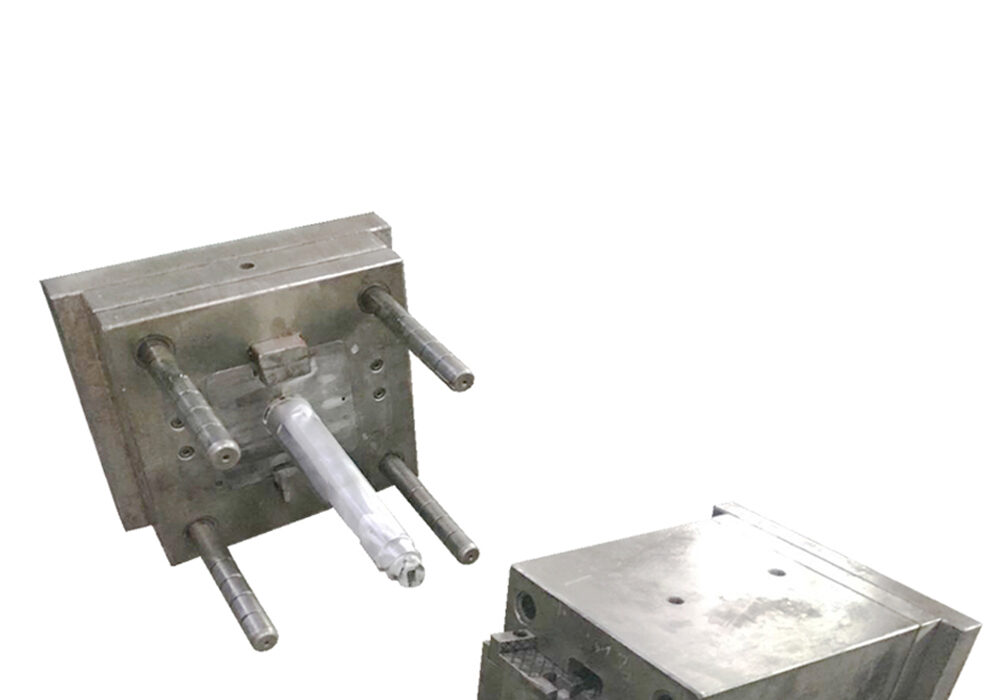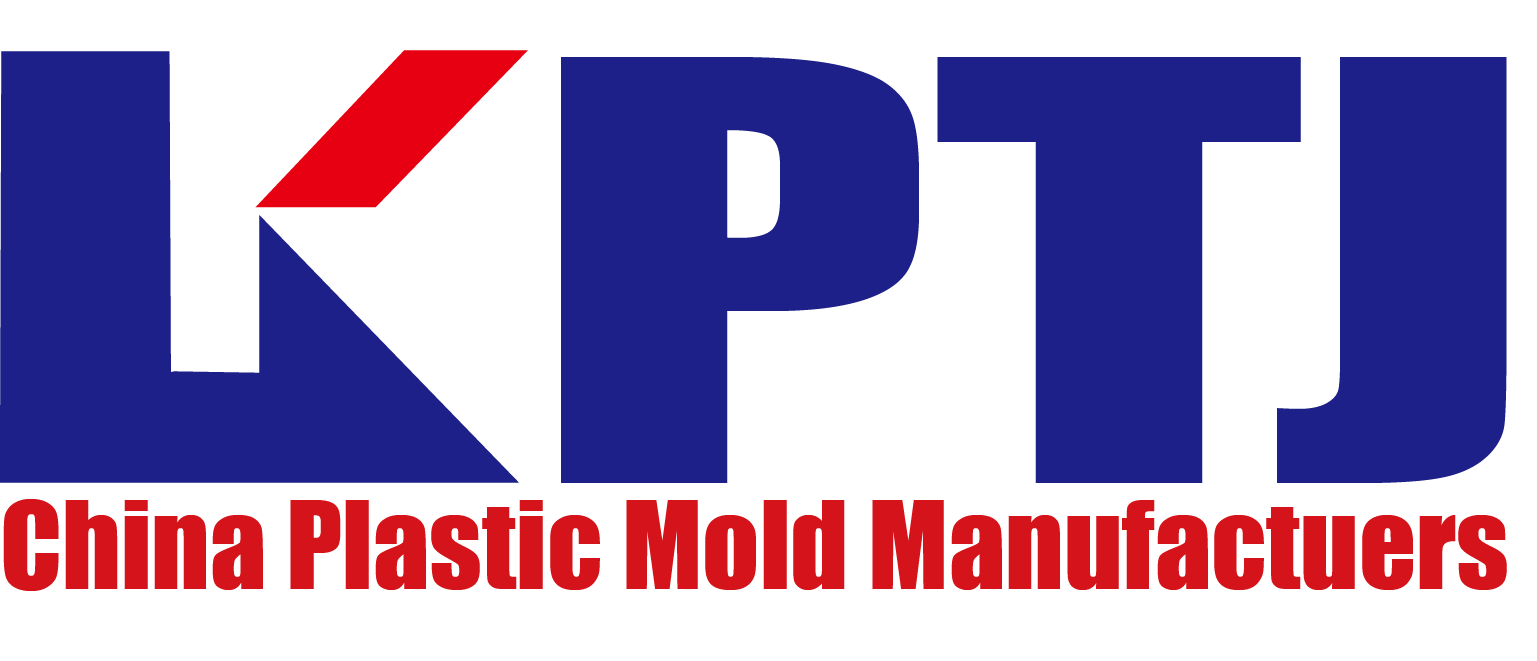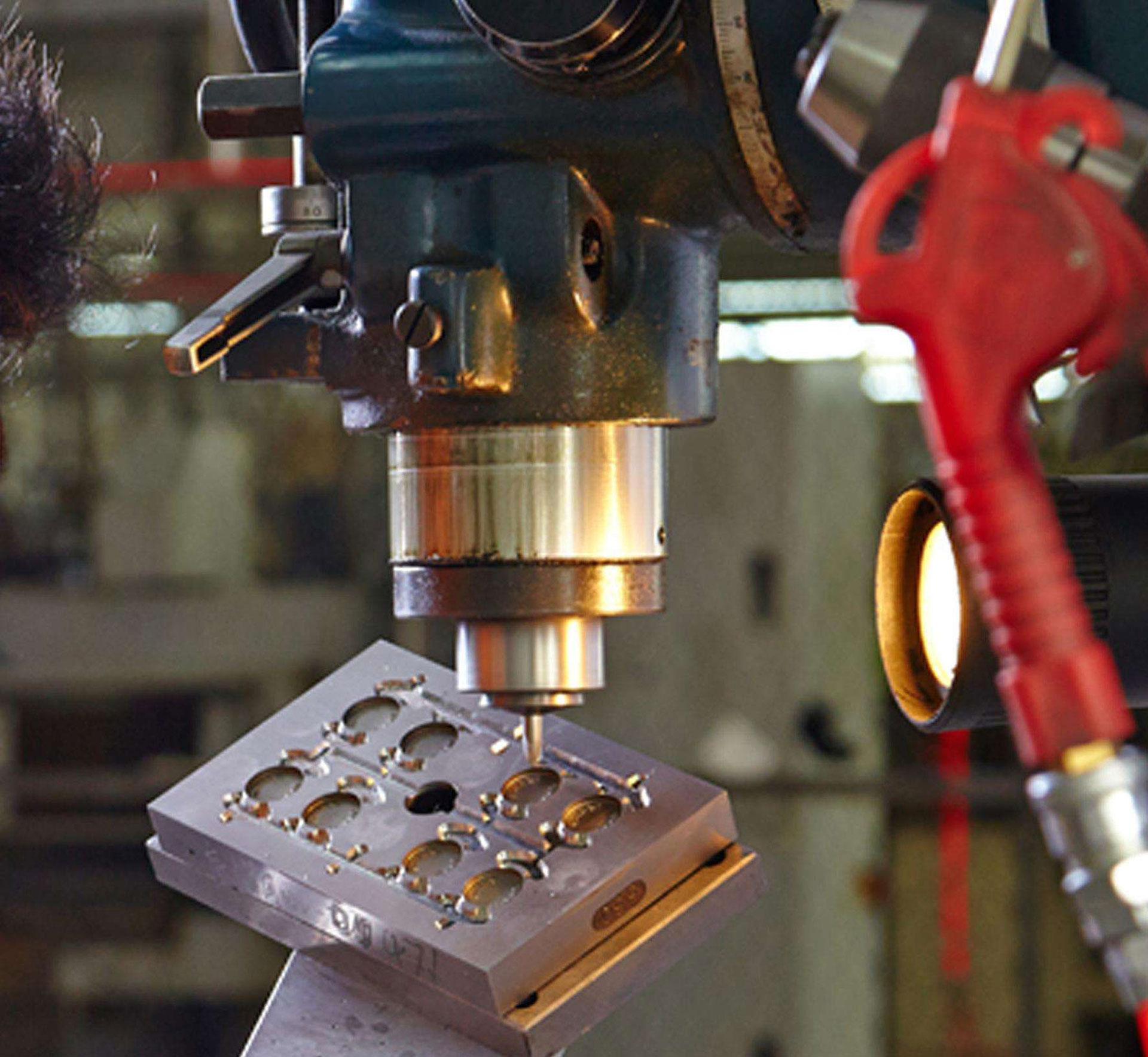How to reduce defects in plastic mold processing? Hetai plastic mold editor will report your answer.
- 1. Reasonable application of cooling lubricant, play the role of cooling, washing, lubrication Sanhongwen, cooling cooling lubrication clean, so as to control the grinding heat within the allowable limits to prevent thermal deformation of the workpiece. Improve the cooling prerequisites during grinding, such as the adoption of oil-immersed grinding wheels or internal cooling grinding wheels. The cutting fluid is introduced into the middle of the grinding wheel, and the cutting fluid can simply enter the grinding area, exerting a useful cooling effect and preventing burns on the surface of the workpiece.
- 2. The quenching stress after thermal treatment is reduced to a very low limit. Due to the influence of the grinding force on the quenching stress and the network carbonized structure, the phase change of the structure is very easy to crack the workpiece. To deal with high-precision molds in order to eliminate the residual stress of grinding, low-temperature aging treatment should be carried out after grinding to improve toughness.
- 3. To reduce grinding stress, the mold can also be immersed in a salt bath at 260 ~ 315 ℃ for 1.5min, and then cooled in oil at 30 ℃, so that the hardness can drop by 1HRC and the residual stress can be reduced by 40% to 65%.
- 4. For the tight grinding of tight molds with a size of less than 0.01 sister, pay attention to the effect of temperature and require constant temperature grinding. It can be seen from the calculation that for the steel parts with a length of 300 sisters, when the temperature difference is 3 ℃, the material has a change of 10.8μm. (10.8 = 1.2 × 3 × 3, the amount of deformation per 100 sisters is 1.2μm / ℃) Fully consider the influence of this ingredient.
- 5. Adopting electrolytic grinding to improve the precision of mold making and surface quality. During electrolytic grinding, the grinding wheel scrapes off the oxide film: instead of grinding the metal, the grinding force is small and the grinding heat is also small, no signs of grinding burrs, cracks, burns, etc., and the roughness of the ordinary surface can be better than Ra0 .16μm; In addition, the wear of the grinding wheel is small, such as grinding cemented carbide, the wear amount of the silicon carbide grinding wheel is about 400% to 600% of the amount of the cemented carbide grinding away, when using electrolytic grinding, the wear of the grinding wheel The amount is only 50% to 100% of the amount of carbide removal



